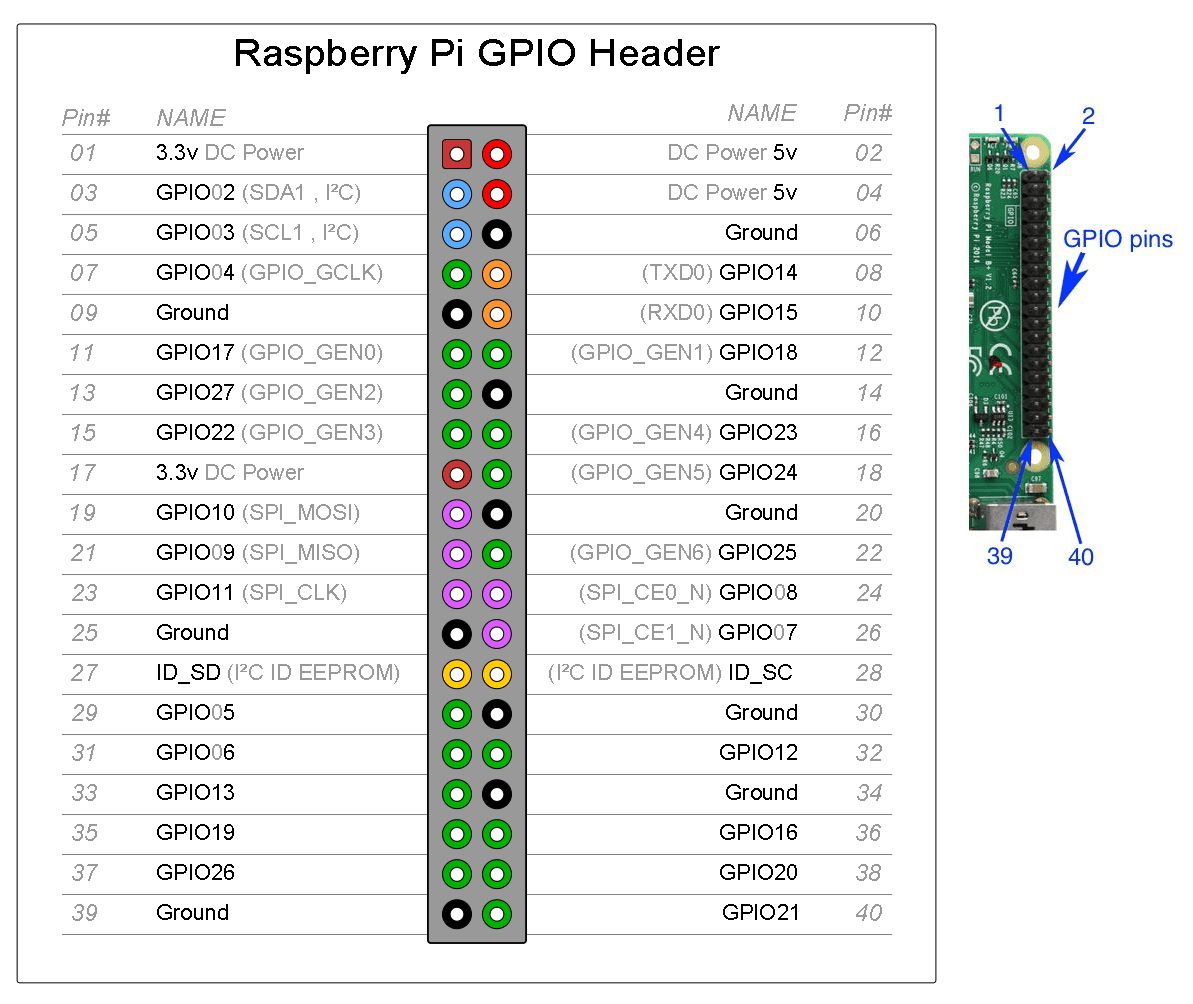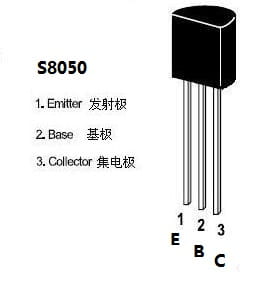前言 风扇直接连阵脚会一直转,加个三极管,可以通过脚本控制开关。
硬件准备 散热风扇、三极管(S8050)、母对母杜邦线
风扇:风扇红线接5V、黑线接地。
三极管:把平的那面对准自己,三个引脚分别是 E、B、C。分别是E发射机、B基极、C集电极。可以理解为E极是正极、C极是负极、B极是信号极控制是否通电。和二极管一样,正极接电源正极,负极接电源的负极。
接线方式 风扇红线 接 树莓派5V,比如:04号引脚。 风扇黑线 接 三极管C。 三极管E极 接 树莓派0V,比如:06号引脚。 三极管B极 接 GPIO,比如:08号引脚。 Python 控制脚本 1 2 3 4 5 6 7 8 9 10 11 12 13 14 15 16 17 18 19 20 21 22 23 24 25 26 27 28 29 30 31 32 33 34 35 36 37 38 39 40 41 42 43 44 45 46 47 48 49 50 51 52 53 54 55 56 57 58 59 60 61 62 63 64 65 66 67 68 69 70 71 72 73 74 75 76 77 78 79 80 81 82 83 84 85 86 87 88 89 90 91 92 93 94 import datetimeimport osimport timeimport RPi.GPIO as GPIOGPIO_OUT = 14 LOG_PATH = '/tmp/fan_control.log' IS_DEBUG = False class Fan : def __init__ (self ): GPIO.setmode(GPIO.BCM) GPIO.setwarnings(False ) GPIO.setup(GPIO_OUT, GPIO.OUT) """ 读取 CPU 温度 """ def read_cpu_temperature (self ): with open ("/sys/class/thermal/thermal_zone0/temp" , 'r' ) as f: temperature = float (f.read()) / 1000 log('DEBUG' , 'Current CPU temperature is {}' .format (temperature)) return temperature """ 启动风扇 """ def start_fan (self ): log('INFO' , 'Power on' ) GPIO.output(GPIO_OUT, GPIO.HIGH) """ 停止风扇 """ def stop_fan (self ): log('INFO' , 'Power off' ) GPIO.output(GPIO_OUT, GPIO.LOW) """ 控制风扇 """ def control_fan (self ): is_closed = True try : while True : temperature = self.read_cpu_temperature() if is_closed: if temperature >= 50 : self.start_fan() is_closed = False else : if temperature <= 45 : self.stop_fan() is_closed = True time.sleep(10 ) except Exception as e: GPIO.cleanup() log('ERROR' , e) """ 日志 :param level 级别 :param msg 消息 """ def log (level, msg ): log_msg = '{} [{}] {}' .format (datetime.datetime.now(), level, msg) if not IS_DEBUG and level == 'DEBUG' : return try : with open (LOG_PATH, 'a' ) as f: f.write(log_msg + '\n' ) except Exception as e: print ("Unable to log: {}" .format (e)) if __name__ == '__main__' : os.environ["TZ" ] = 'Asia/Shanghai' time.tzset() log('INFO' , '[*] Started' ) Fan().control_fan() log('INFO' , '[*] Quit' )
为了实现开机自动运行,可以把启动脚本写在rc.local中



